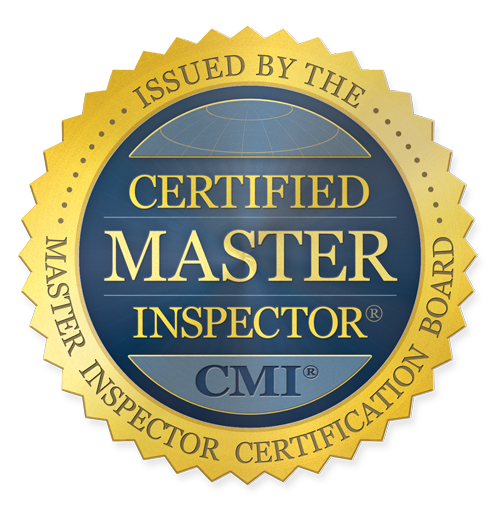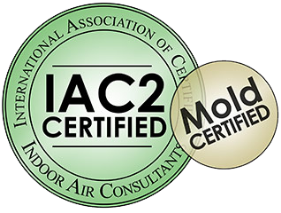Odds are that once you flush the toilet, you give little thought to what happens next. However, your toilet and house plumbing pipes are the first two components of an important multi-part sewer system. If any issues arise in the sewer line connecting your house’s plumbing to the septic tank or the city’s sewer system, there’s trouble.
Damage to a home’s sewer system can cause thousands or tens of thousands of dollars. On top of that, they lead to structural and health issues when not identified or repaired. This is where a sewer scope inspection comes into the picture.
Sewer Scope Inspections: Proactive Measures Save Thousands of Dollars
Proactive homeowners schedule sewer inspections ahead of any symptoms so red flags can be addressed before developing issues cause problems. We recommend scheduling a professional sewer scope inspection:
- When purchasing a home that is 20 years old or older (without recent proof of inspection)
- Every three to five years when your house is 20+ years old.
- If mature growth trees grow within 20 feet of the home (tree roots are notorious adversaries of sewer lines)
- You notice any signs or symptoms of potential sewer line problems (more on that below)
What Do We Identify During Sewer Scope Inspections?
The inspection utilizes a special camera attached to a long line. We direct the line through the property’s mainline (typically accessed through a cleanout located on the streetside of the lot or a vent pipe). These sewer video camera inspections yield crucial information about a sewer system.
1. Improperly installed sewer lines and drains
Any installation issues eventually show up in a poorly functioning sewer. Some of the most common installation issues uncovered during a sewer inspection are:
- Inadequate slope
- Wrong pipe diameter
- 90-degree T-pipes and elbows (curves are better than sharp angles whenever possible)
- No sewer gate valves (critical in homes built below grade)
- Flexible pipes and connectors (these slow things down and increase risk and frequency of blockage; they should be used sparingly)
- Each plumbing device (toilets, sinks, etc.) need a designated trap that holds some water, preventing sewer gases from coming back into the house
- Traps with limited or no access
- Lack of a sewage outlet
2. Old or outdated pipes, connections, and materials
If you live in an older home with an original sewer system, odds are the pipes and materials are outdated and need to be replaced. For example, we may find the sewer lines are made from:
- AC (asbestos-cement): 1950s – 1970s
- Clay: typically in homes built before 1950 but occasionally still used into the 70s
- Lead: Prior to 1970
- Cast iron: 1950s to 1970s
- Orangeburg: Prior to early 1970s
Today, most sewer lines are built using PVC, which is affordable, has a lifetime of 100 years or more, and is easy to bend into rounded joints that avoid 90-degree angles.
3. Cracks, breaks, or damage in the lines
According to the EPA, 1 in 10 homes has a significant water leak, accounting for as much as 90 gallons per day. The average accumulation of residential plumbing leaks accounts for nearly 10,000 gallons of wasted water.
Cracks or breaks in sewer lines are one way this waste water escapes. And even worse, breaks or cracks in a line means sewage seeps into the ground below and around your home. This can lead to toxic raw sewage seeps and moisture control issues inside and outside the home.
4. Tree root infiltration
We mentioned above that mature tree roots are a sewer line’s enemy. This is because tree roots are persistent and break through the pipes. When this happens, the system is at risk of clogging, seeping, leaking, and collapsing.
5. Bellying (low areas) in the drain
Poor grading, drainage, or design/installation can all lead to bellying or low areas in the line. However, the natural shifting or settling of the ground over time also leads to sewer line bellying. If our cameras show evidence of bellying, the line needs to be dug up and a new system designed and installed.
6. Separation or failures in a particular line
If parts have separated or a sewer line is failing (blocks, collapses, bullying, etc.) it’s caught via a sewer inspection, along with repair, replacement, and upgrade recommendations.
Signs It’s Time to Schedule a Sewer Scope Inspection
Homes that are 20 to 25 years old or more, as well as those with mature trees growing within 20 feet are obvious candidates for sewer inspections. However, there are other signs a sewer system has issues.
The most common red flags are:
- Sewer odors in or around the home
- Sewage backups
- Slow-draining sinks, baths/showers, and toilets
- Unusually lush sections of the yard
- Pest infestations (insects or rats)
- Indentations or sinkholes on the property
- Foundation problems
- Evidence of mold and mildew
Let SIP Uncover What’s Lurking in Your Sewer Lines
Is your home overdue for a sewer scope inspection? Contact Super Inspection Pros. Our inspections are fast, typically done in 30-minutes or less. Our fees are competitive and we guarantee a 24-hour turnaround.

